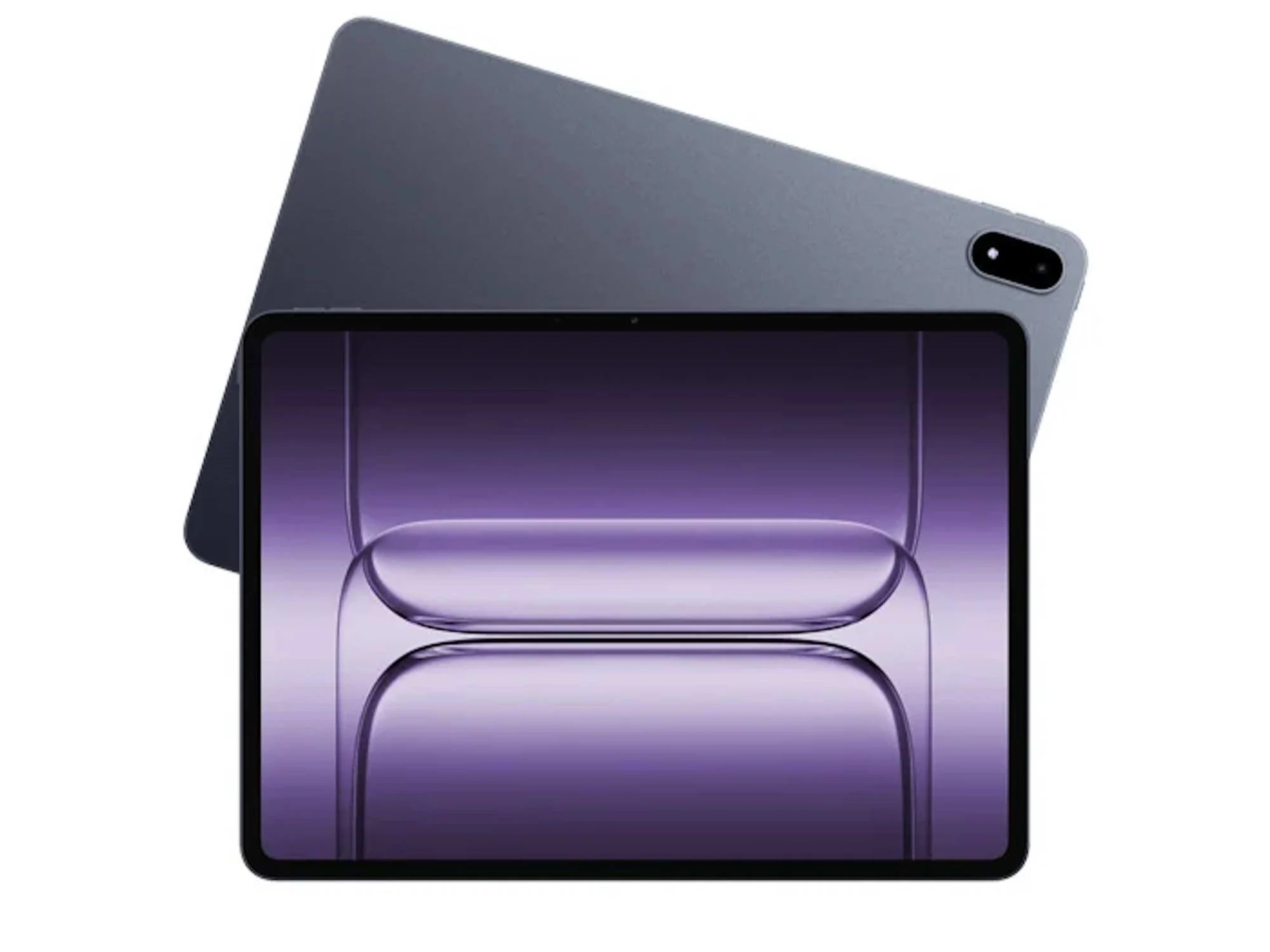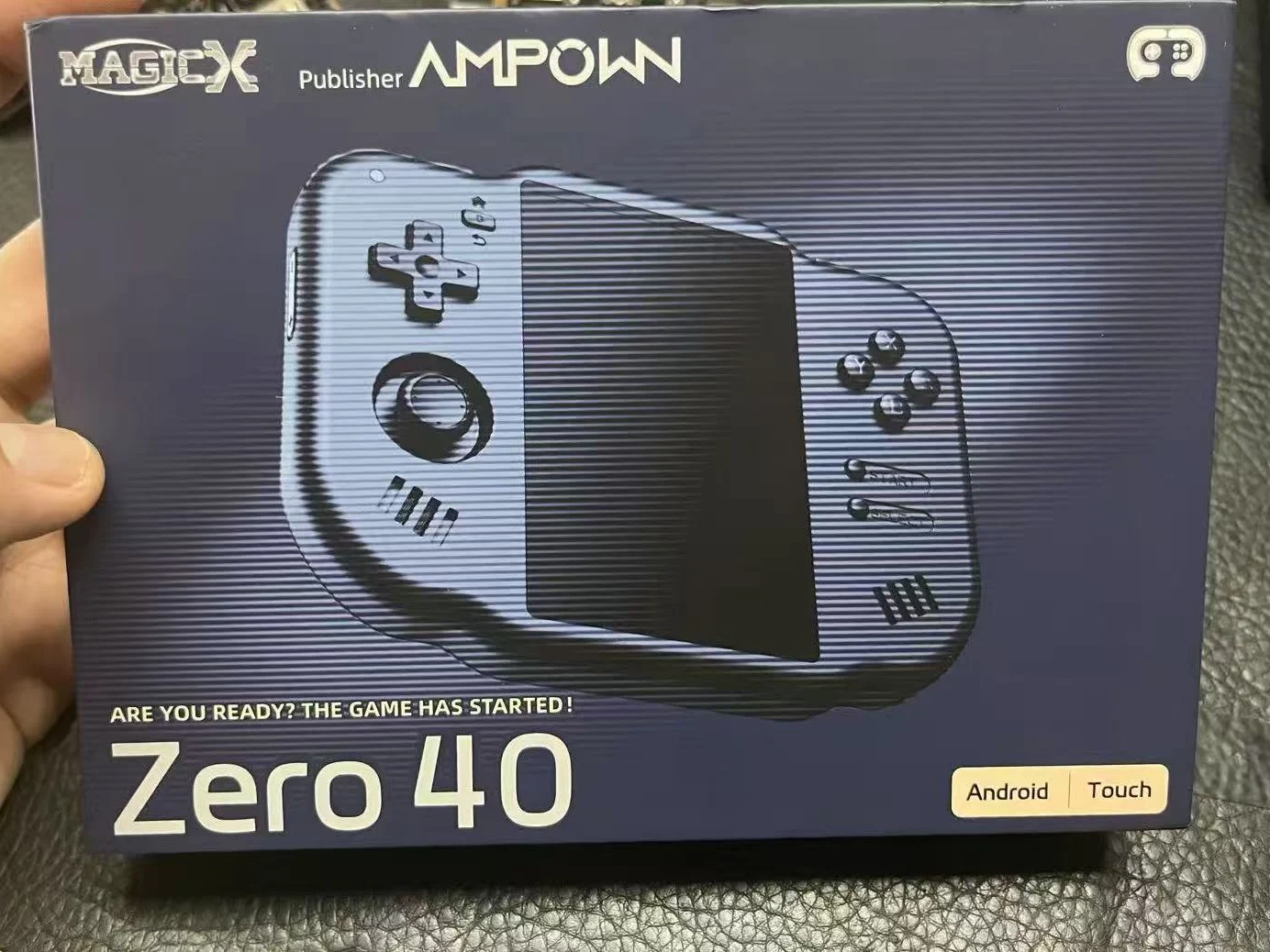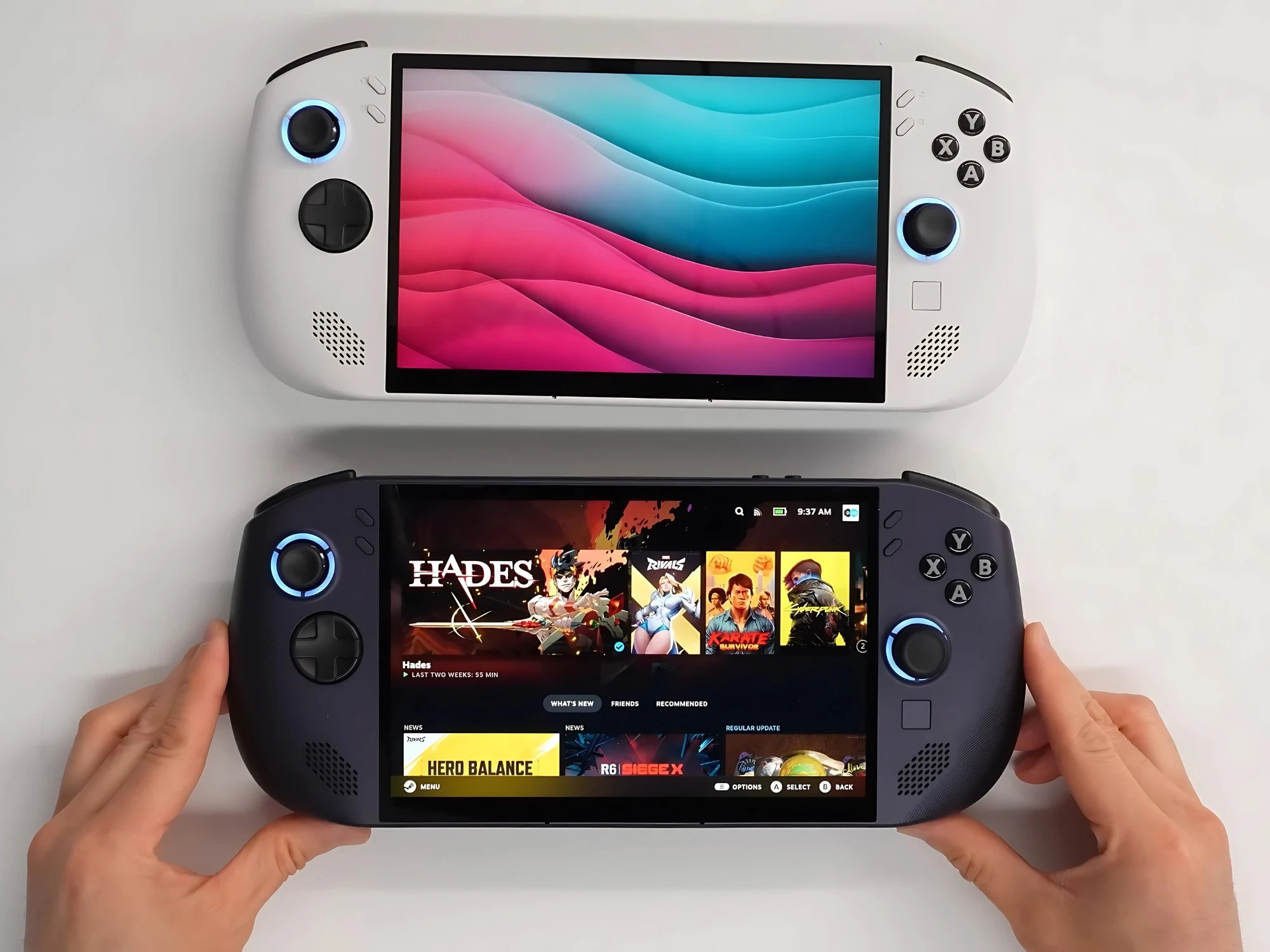Key Takeaways
1. The Honor Pad 10 features a 12.1-inch display with a resolution of 2560 × 1600, a 120Hz refresh rate, and multiple eye safety features.
2. It is powered by a Snapdragon 7 Gen 3 chip, includes 8GB of RAM and 256GB of storage, and has an 8MP camera on both front and back.
3. The tablet has a larger battery capacity of 10,100mAh, yet remains slimmer, with a maximum charging speed of 35W.
4. It runs on MagicOS 9 based on Android 15 and includes AI features, supports a stylus, and has an optional keyboard for productivity.
5. Pricing varies by region, with prices starting at €329.90 in Germany and offering discounts and free gifts in various locations.
While the Honor 400 and Honor 400 Pro were launched with great excitement, the Honor Pad 10 didn’t receive the same attention. This new tablet, recently revealed in France, Germany, Italy, and Malaysia, serves as the successor to the Honor Pad 9, which came out in December 2023.
Display and Features
Despite its name, the Honor Pad 10 features a 12.1-inch display. It boasts the same LCD technology as its predecessor, offering a resolution of 2560 × 1600, a refresh rate of 120Hz, DCI-P3 color coverage, HDR10 support, and the ability to operate with wet hands. Additionally, there are multiple eye safety features such as dynamic dimming, circadian night display, global DC dimming, and hardware-level low blue light.
Performance Upgrades
Continuing the trend from the last generation, the Honor Pad 10 is equipped with a Qualcomm chip, but this time it’s the Snapdragon 7 Gen 3, a significant boost from the Snapdragon 6 Gen 1 found in the Honor Pad 9 (which is available on Amazon.de for €237.95). The tablet comes in just one configuration, featuring 8GB of RAM along with 256GB of internal storage.
The Honor Pad 10 has an 8MP camera on both the front and back, although the version sold in China will include two front-facing cameras. It has six speakers but does not include an audio jack. Connectivity options are solid with Bluetooth 5.3, dual-band Wi-Fi (Wi-Fi 6), and support for LDAC, aptX, and aptX HD.
Battery Life Improvements
Even though the screen size remains unchanged from the previous model, the Honor Pad 10 has a much bigger battery. The capacity has been increased from 8,300mAh to 10,100mAh. Interestingly, the tablet is slimmer despite the larger battery. The maximum charging speed is still 35W, but buyers in select regions will find a charger included in the box.
Honor packages the new tablet with MagicOS 9, which is based on Android 15. This version brings several AI features such as AI Voice-note sync for recording and taking notes together and AI Notes Assistant that generates summaries for meetings, classes, and discussions. Furthermore, the Honor Pad 10 supports a stylus and has an optional keyboard, making it suitable for productivity tasks.
Pricing and Availability
The Honor Pad 10 comes in Cyan and Gray and is available for purchase on local Honor websites in each region. In France, it is priced at €399, and Honor is offering a €50 discount coupon along with a free stylus (the Honor Choice TNHCHOP Pencil) valued at €49.90. In Germany, it is cheaper at €349.90, also includes a free stylus, but for a limited time, customers can snag it for only €329.90.
In Italy, the price is €349.90, and while there aren’t any free gifts, both the optional keyboard and stylus can be bought for just €0.90 each. In Malaysia, although the tablet isn’t available for purchase yet, it is priced at RM 1,499 and comes with free gifts including the Honor Choice Active Noise Cancelling Headphones, a Bluetooth smart keyboard, and a stylus.
Source:
Link
















